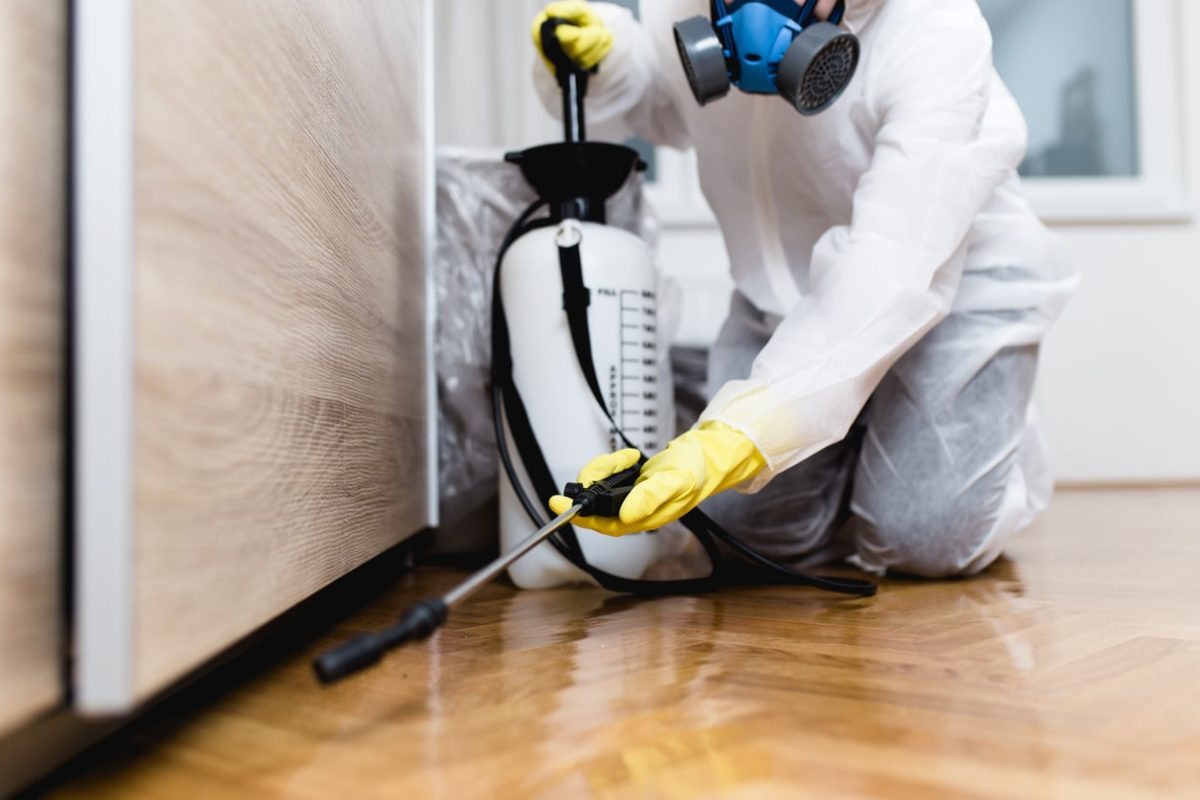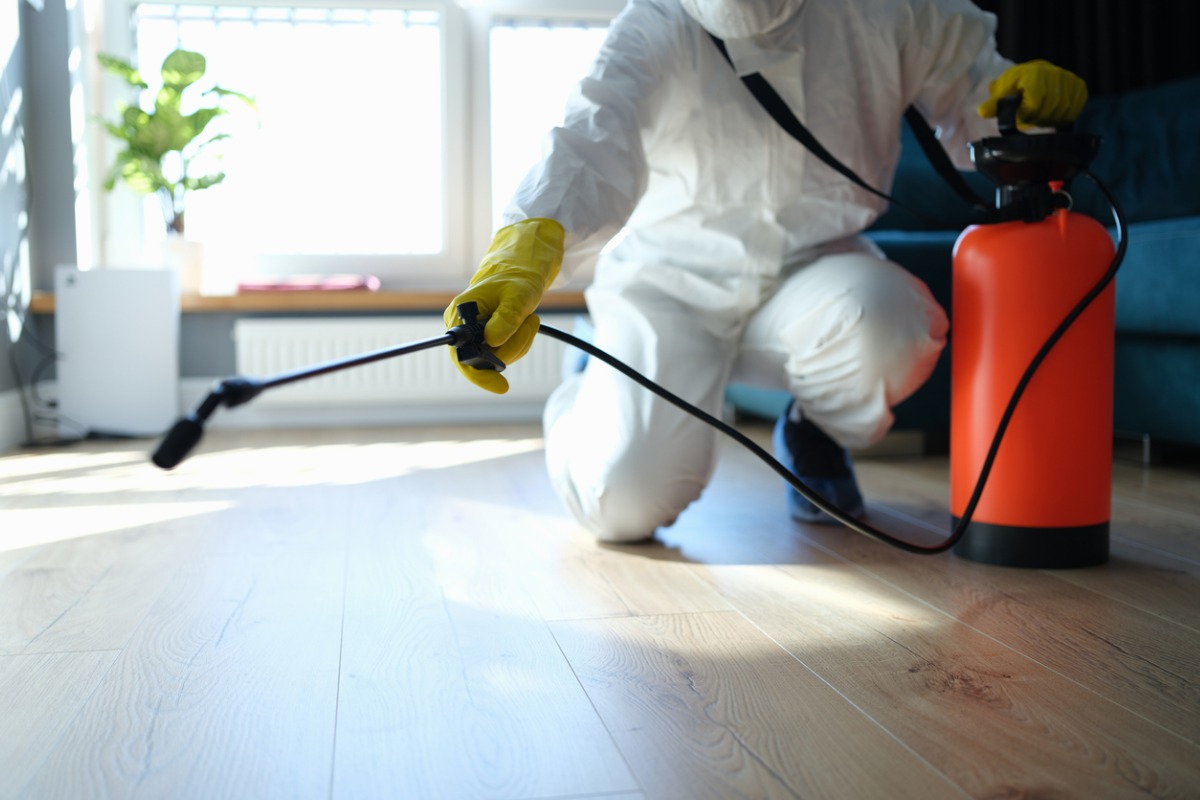Trust Pest Control Lockhart for Reliable Pest Prevention
Discovering Invasion and Treatment Approaches on the planet of Pest Control
The landscape of parasite control includes a myriad of challenges, specifically as invasions of common family insects remain to develop. Recognizing the habits and reproductive patterns of these nuisances is crucial for creating effective therapy techniques. By incorporating safety nets with advanced administration methods, such as Integrated Pest Administration (IPM), homeowners can better guard their environments. The effectiveness of these techniques might differ substantially based on details situations. What hidden variables add to the success or failure of these methods in various setups?

Common Home Pests
When it pertains to handling our space, recognizing typical house parasites is critical. These parasites not just interrupt our convenience yet can additionally pose health risks and damage home. The most common home insects include ants, cockroaches, rodents, termites, and bed insects.
Ants, frequently seen foraging in kitchens, can infect food and establish large swarms. Rodents, consisting of mice and rats, can cause architectural damage and lug diseases like hantavirus and salmonella.
Identifying the indications of these pests, such as droppings, nests, or attack marks, is important for very early intervention (Pest Control Lockhart). Correct cleanliness practices, sealing access points, and keeping a clutter-free environment are reliable preventative steps. By recognizing these typical house parasites and understanding their actions, property owners can take aggressive steps to alleviate infestations, making sure a healthier living atmosphere
Comprehending Pest Infestations
Bug problems can escalate swiftly, transforming a minor nuisance right into a significant trouble if not attended to promptly. Comprehending the nature of these problems is crucial for efficient monitoring. Parasites can invade domestic and business rooms for various reasons, consisting of the look for food, sanctuary, or reproducing grounds. Common factors adding to problems include poor cleanliness, structural susceptabilities, and seasonal adjustments that drive parasites indoors.
Recognizing the kind of parasite is essential, as different types display different habits and reproductive rates. Rodents might develop nests in concealed areas while insects like cockroaches grow in moist settings. Early discovery commonly depends upon identifying indications such as droppings, chomp marks, or unusual sounds, which can show an issue before it becomes extreme.
Environmental conditions additionally play an essential function in insect proliferation. Cozy, humid environments can assist in the fast development of insect populations, while changes in landscape design or building can inadvertently develop favorable environments. Consequently, routine inspections and preventative procedures are critical to mitigating the danger of infestations. An educated strategy to comprehending these characteristics prepares for reliable pest administration strategies in the future.
Therapy Methods and Techniques
Efficient therapy approaches and techniques are necessary for minimizing pest invasions and restoring a secure atmosphere. A complex approach is typically best, integrating chemical, organic, and mechanical approaches tailored to the specific parasite and the extent of the infestation.
Chemical treatments include using pesticides and herbicides, which can successfully remove parasites. Nevertheless, appropriate application and adherence to safety and security standards are critical to minimize threats to humans and non-target microorganisms. Integrated Parasite Monitoring (IPM) motivates the sensible use chemicals as a last resort, anonymous depending rather on tracking and limit levels to figure out treatment requirements.
Biological control approaches entail presenting all-natural predators or parasites to decrease bug populaces. This strategy is significantly popular, especially in agricultural setups, as it promotes environmental sustainability.
Mechanical approaches, such as traps and obstacles, give instant alleviation from bugs without presenting chemicals. Options include sticky traps for insects or physical obstacles for rodents.
Ultimately, the option of therapy approach must think about the particular insect, the environment, and potential influence on human health and wellness and ecological communities. A well balanced combination of these approaches can successfully handle infestations while advertising long-term bug control solutions.
Precautionary Procedures for Homes
Proactively attending to pest issues prior to they rise is vital for preserving a healthy and balanced home environment (Pest Control Lockhart). Executing effective precautionary actions can my sources considerably minimize the chance of infestations, eventually securing both your residential or commercial property and wellness

Proper landscape design additionally plays an important duty in avoidance. Maintaining hedges and trees cut away from the home minimizes the possibilities of bugs discovering their method inside your home. In addition, make certain that water drainage systems are working effectively to stop standing water, which can attract mosquitoes and various other pests.
Last but not least, routine evaluations are advisable. Regularly examining for indicators of insect activity enables early intervention. By taking on these precautionary measures, homeowners can produce an environment that is much less congenial to pests, consequently improving their general top quality of life and minimizing the need for considerable bug control interventions.
Business Insect Control Strategies
A detailed method to business insect control is essential for services intending to maintain a secure and hygienic atmosphere. Effective methods involve a combination of normal evaluations, staff member training, and the implementation of Integrated Parasite Administration (IPM) techniques.
Regular assessments enable early discovery of pest activity, permitting timely intervention. Organizations need to establish a regular schedule for these evaluations, concentrating on risky areas such as kitchen areas, storeroom, and garbage disposal sites. Worker training is just as essential; personnel needs to be enlightened on the signs of insect invasions and the relevance of reporting them instantly.
Implementing IPM techniques aids mitigate insect problems sustainably. This includes environment adjustment, such as securing access factors and decreasing mess, along with using all-natural deterrents prior to resorting to chemical treatments.

Moreover, collaborating with a certified insect control supplier guarantees access to professional understanding and sophisticated treatment options. This partnership can lead to customized pest control intends customized to the specific needs of the business, minimizing threats and boosting total effectiveness. Eventually, a proactive and informed approach cultivates a pest-free environment, safeguarding both public wellness and organization track record.
Final Thought
In verdict, effective bug control he said necessitates a thorough understanding of common household bugs and their behaviors, paired with targeted treatment techniques. Applying precautionary actions along with treatment approaches such as Integrated Insect Administration and organic control enhances the capability to minimize problems.